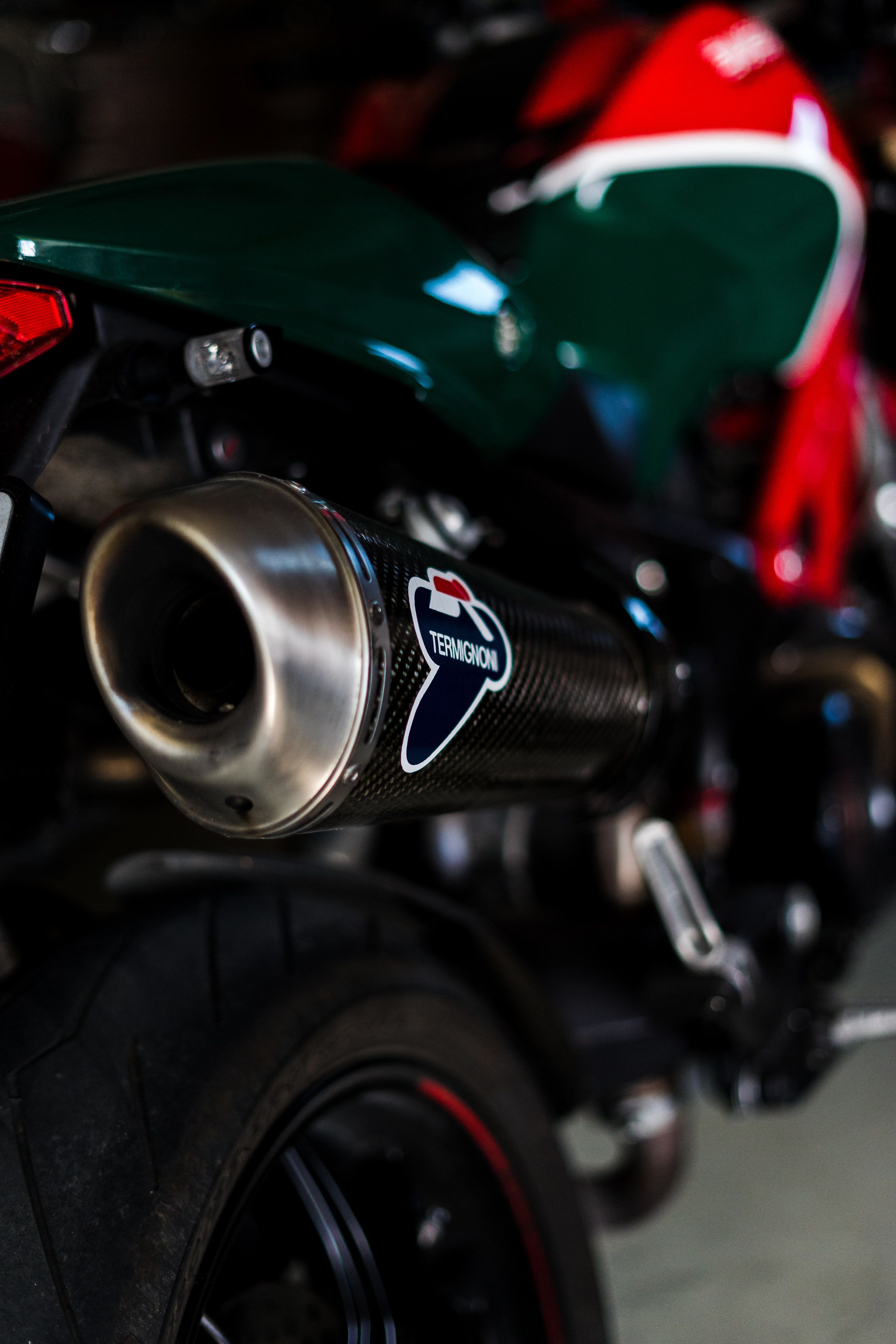via web
- StoryMotorcycle Emissions Standards Can Play a Role in Fighting Climate Change
Scotland, United Kingdom
Many of the world’s bigwigs and head honchos and activists, and even regular people, are in Glasgow, Scotland talking at each other about climate change, global warming, and air pollution at the 2021 United Nations Climate Change Conference, known as COP 26.
Regardless of what some think about climate change and warming, it’s hard to argue that air pollution is not real. A lot of it stems from the release of hydrocarbons, much like we do when fire up our Hayabusa or V-Star or R1250GS.

Blue skies and sunshine and lowered emissions limits are good for us all. Chad76 Media photo
I thought that as motorcyclists we’re in pretty good shape when it comes to air pollution. The saying “If you’re not part of the solution, you’re part of the problem” didn’t really apply to us and our bikes, or so I thought. Turns out I was wrong.
One of the issues with bikes, especially sports models, is that compared to lower RPM vehicles the exhaust valves open earlier allowing unburnt hydrocarbons to escape into the atmosphere. Of course bikes are much more fuel efficient than cars but those vehicles have more stringent standards.

Tougher emissions standards are better for the environment. Photo by Artiom Vallat on Unsplash
At least that was the case, the pendulum might now be swinging in our favour thanks to Euro 5 regulations. These newest emissions-control standards call for the release of 1.0g/km of carbon monoxide (CO), .06g/km of nitrogen oxides (NOx) and .10g/km of hydrocarbons (HC).
Those numbers might not mean a lot to you and I, but what they really mean is fewer nasty items being spewed into the air we breathe. This article has a good look at what Euro 5 means for bikes and so does this one.
The Euro 5 standards are more rigid than their Canadian and American counterparts, which are aligned with each other. In these two countries, for road bikes made 2010 and later over 280cc, they should pump no more than 12.0 g/km of CO, that’s a significant difference right there, and 0.8 g/km of HC and NOx.
If we're all part of the solution, it's better for everyone. Chad76 Media photo
If those standards are adopted by the major manufacturers for all markets, not just the Euro ones, which make sense to me from a production standpoint at least, then we can proudly claim to be “part of the solution.” It is likely that most manufacturers will follow suit for practical reasons if for no other.
It’s not all doom and gloom for motorcycles regardless of which emissions standards they meet. Apart from burning less fuel, motorcycles don’t require as much energy to manufacture as cars. They also generate less particulate matter than cars and trucks from things like brake dust and tire wear.

Bikes are fuel efficient and that means less pollution overall. Photo by Adam Rhodes on Unsplash
The US Environmental Protection Agency says that motorcycles pollute more than even a large SUV. A 2003 study showed that a Ford Expedition 4WD (a monstrous SUV about the size of bus) emitted 0.15 grams of hydrocarbons per mile while a Yamaha YZF-R6 put out 4.19 grams per mile. Sure that’s old data, but it is eye opening. And for a more entertaining look at the same thing, the Mythbusters TV show tackled the topic as well.
The light at the end of the tunnel is that Euro 5 standards for motorcycles are equivalent to Euro 6 standards for cars
@Willmarth I believe they mean from proportional standpoint. Less pollution overall, but a higher level of pollutants. However, I've always wanted to live in Arizona.
"The US Environmental Protection Agency says that motorcycles pollute more than even a large SUV" If you believe this I've got a great deal on some Arizona ocean front property for you.